
Due in part to the popularity of the paleo and keto diets, I am often asked by patients if they should avoid lectin-containing foods. The conversation is usually around whether the patient needs to forego all beans and legumes to achieve optimal health.
Lectins are proteins found not only in plants but also in animal products. What is their purpose? Although the medical community does not understand it entirely, we know that lectins generally exist in plant foods as a defense mechanism to help protect the plant from disease and insects. The theories that exist as to why we should avoid lectins are based on the fact that they can be toxic to humans. However, consuming foods with toxic lectin levels is rare, and there is very limited research on the long-term health effects of lectin consumption.
The highest levels of lectins are found in whole grains and raw legumes such as lentils, beans, soybeans and peanuts. These foods can be poisonous if consumed raw. However, these foods are very difficult to consume raw; as I discuss with patients, when was the last time you ate uncooked beans? When you cook these foods properly, the lectins dissipate almost completely to levels that are not harmful to most people.
Lectins are typically found on the outer surface of food and are generally water-soluble, so exposure to water removes them. Boiling, stewing, or soaking in water for several hours can inactivate most lectins. Another process that deactivates the lectins is sprouting plants prior to consumption; grains and lentils are easy to sprout. Additionally, our bodies produce enzymes during digestion that help degrade some lectins.
The canned beans you find in supermarkets are prepared under high pressure and high-temperature conditions making the lectin amounts negligible. So, in truth, it is hard to eat toxic amounts of lectins even if you tried.
Lectins are also found in many longevity-promoting foods such as mushrooms, nuts, seeds, beans, fruits and vegetables. These foods are staples in Blue Zone diets throughout the world (places people generally live to 100 with little-to-no chronic disease). Beans are known to help lower cholesterol and blood pressure; tomatoes contain lycopene, a very beneficial antioxidant; nuts and seeds add the vital nutrient omega-3 into our diets, and vegetables are full of antioxidants, vitamins and fiber – all crucial for good health. Mushroom lectins have also been found to be protective against cancer. These facts further support my thoughts on why lectins should be part of a healthy balanced diet.
That being said, there are sub-sections of the population that truly do have an allergy or sensitivity to some lectins and should avoid them.
However, if you do not suffer from an allergy or have a negative reaction to lectin-rich foods, then, by all means, I recommend enjoying them in your diet.
Dr. Fayssoux is an integrative primary care practitioner with Ohm & Oot Wellness Medicine and can be reached at (760) 469.9900. For more information, visit www.KinderFayssouxMD.com.




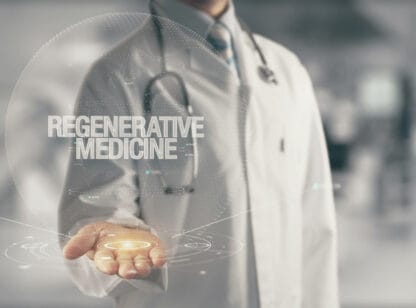
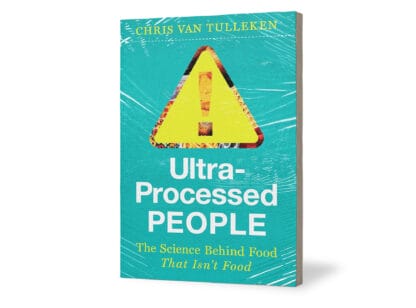
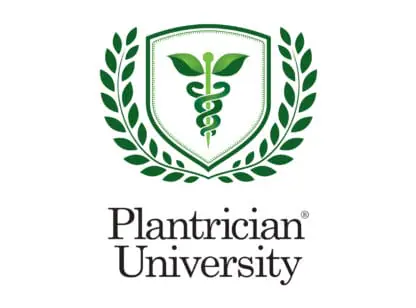
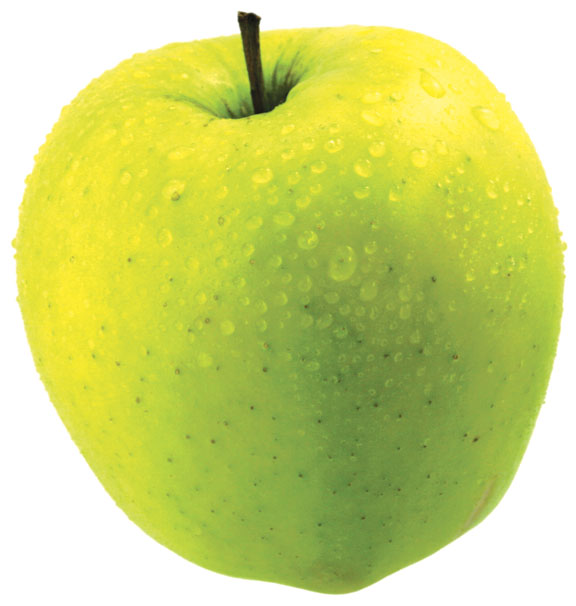

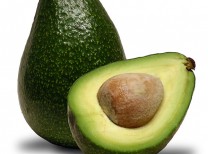





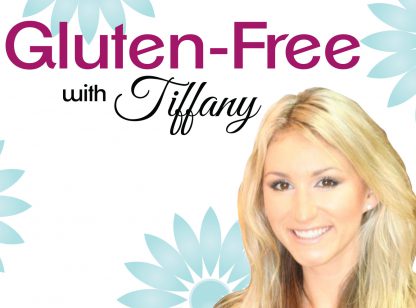
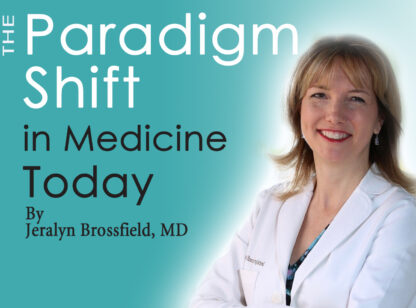
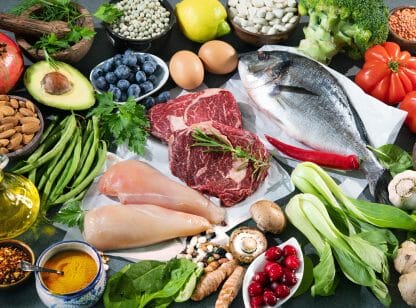
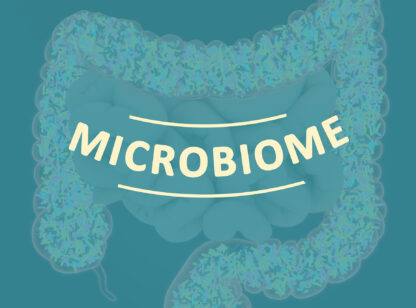



























Comments (0)